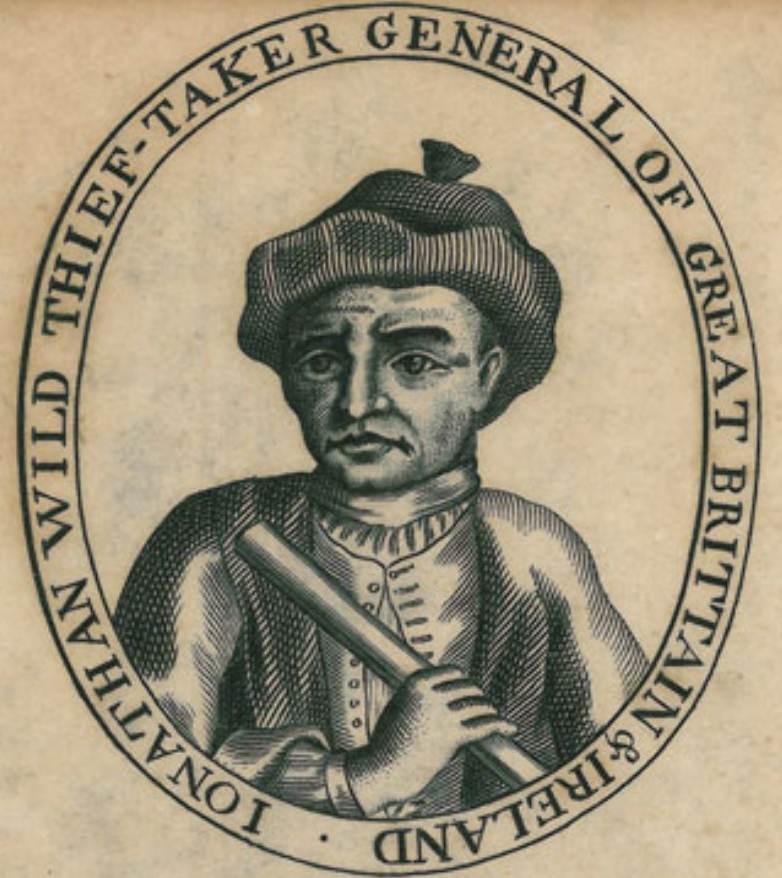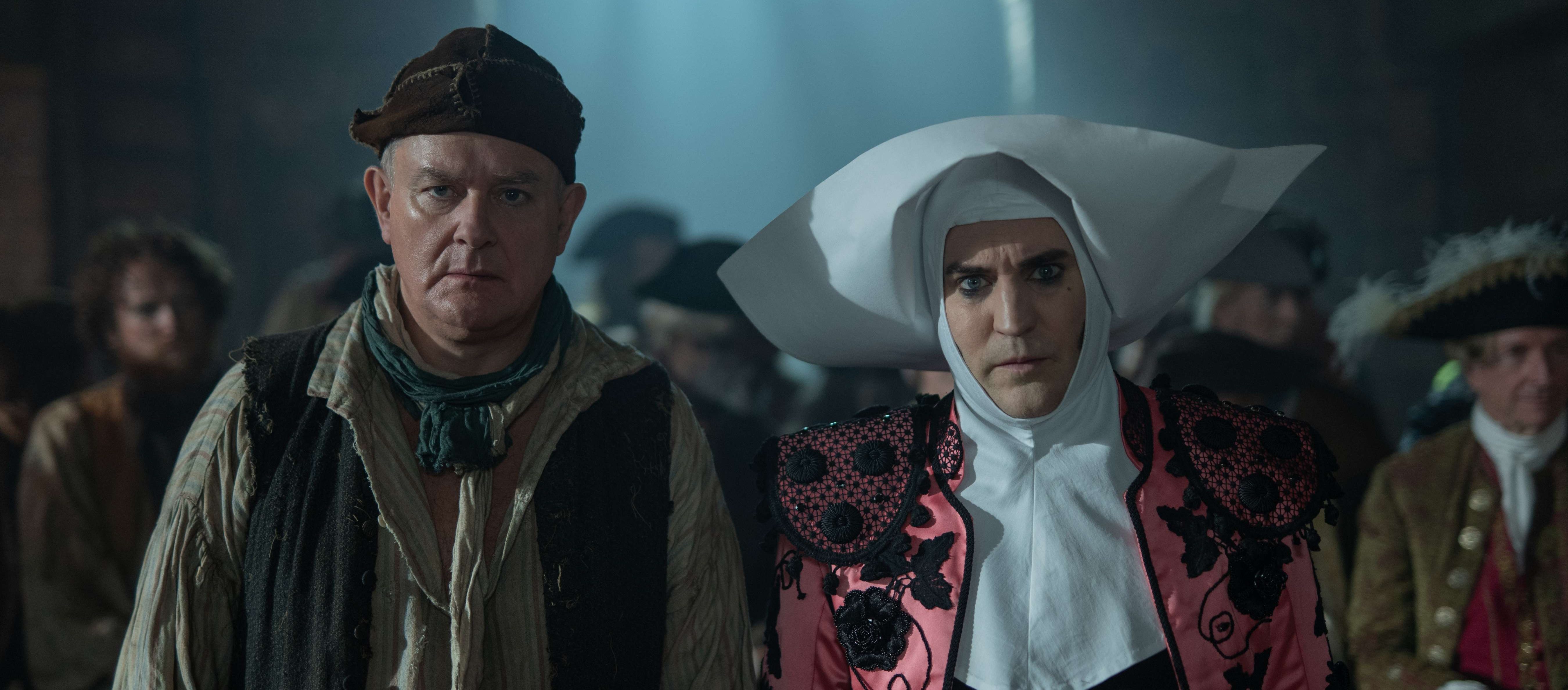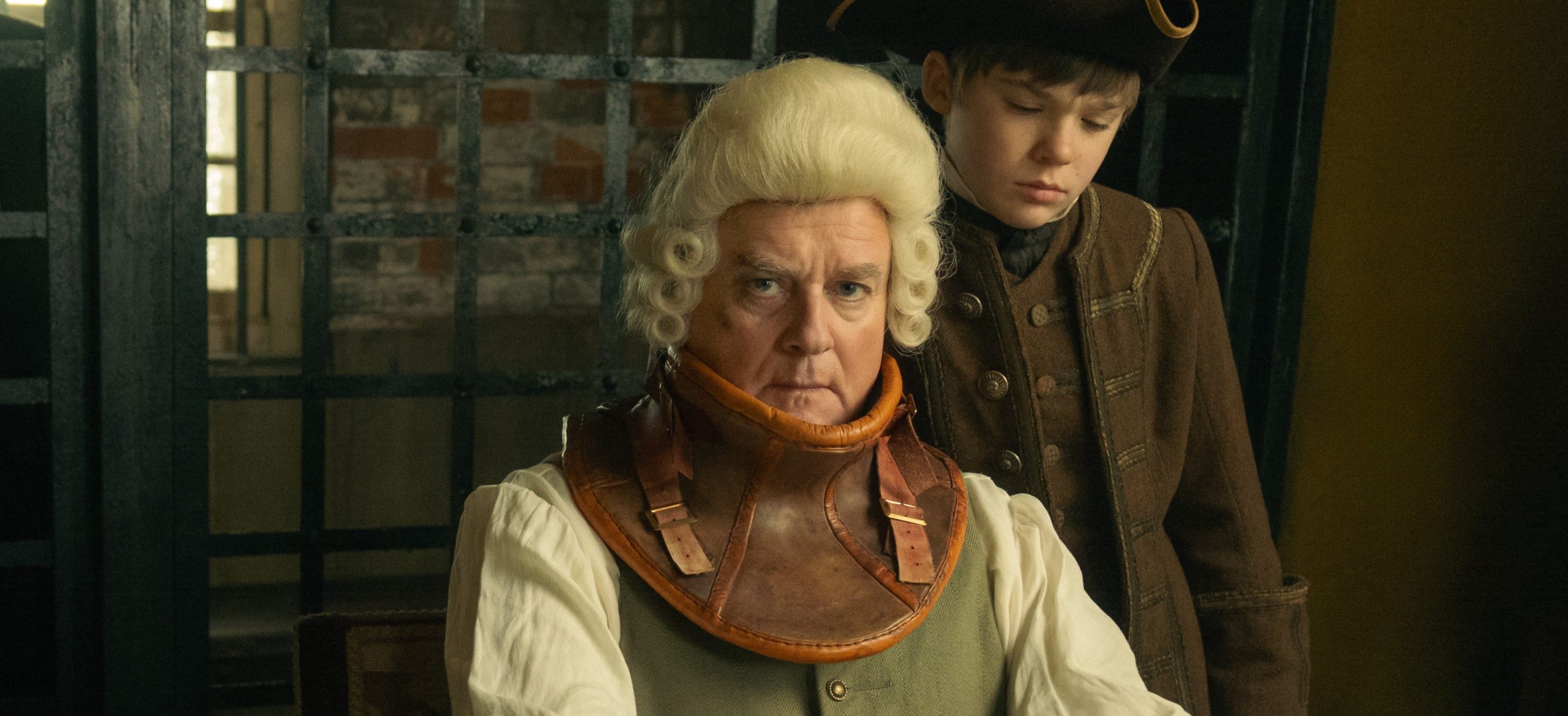In Apple TV+’s historical comedy series ‘The Completely Made-Up Adventures of Dick Turpin,’ Jonathan Wilde is a “thief-taker general” who tries to capture Dick Turpin and lead the highwayman to the gallows. Wilde turns against Turpin when the latter decides against paying 95% of what he robs to the former for staying away from the bad books of law. Turpin’s decision makes him Wilde’s main target as the General sets out to exact his vengeance on the robber. Wilde is based on a real person. Even though he was on both sides of the law, he wasn’t really a lawman in an official capacity!
The Life of Jonathan Wilde
Jonathan Wild, also spelled Wilde, was born in Wolverhampton, England, in the 1680s. His life took a turn after getting acquainted with Charles Hitchen, who served as one of the city of London’s top policemen in the 1710s. He approached Wild and offered him an opportunity to become one of his assistants in thief-taking. Possibly since the government rewarded the thief-takers with £40 for a felon, he accepted the offer. After becoming a thief-taker, Wild allegedly took advantage of his position to run a gang of thieves and keep the stolen goods. He also used his authority to lead the officials to the members of his rival gangs.

The members of Wild’s gang were supposedly forced to remain a part of it. In the early 18th century, selling stolen goods was a dangerous crime. Wild, using his position, “recovered” the stolen goods by keeping it for himself. If the thieves in his gang failed to give him a share of the loot, he apparently threatened to capture them as thieves. Eventually, he built an empire of his own in London. When the thieves who worked for him ceased to be useful, Wild allegedly turned them into the law for the £40 reward, leading them to their execution.
Wild’s downfall began with his inability to control the exploits of arguably the era’s most infamous housebreaker, Jack Sheppard. He also sustained an injury caused by a highwayman named Joseph “Blueskin” Blake. Apparently, both Sheppard and Blueskin worked for Wild previously. He further walked into trouble by performing a jailbreak for one of his gang members. In February 1725, he was arrested for the jailbreak. He was then tried on two indictments of privately stealing 50 yards of lace from Catherine Statham. Despite getting acquitted of the first charge, Wild was convicted on the second, specifically due to the evidence Statham presented before the court.
Wild was then sentenced to death. He reportedly suffered from insanity and gout following the verdict. On the day of his execution, Wild tried to kill himself by drinking a large dose of laudanum, only to vomit it violently. On May 24, 1725, he was hanged in Tyburn, England, with several spectators watching the execution. Even though he was buried in St Pancras Old Church in London, his body was eventually exhumed and sold to the Royal College of Surgeons for dissection. His skeletal remains are on public display in the institution’s Hunterian Museum in London.
The Fictional Conflict Between Wilde and Turpin
Jonathan Wild did not capture Dick Turpin in real life. Furthermore, there aren’t any reports that prove that the thief-taker even pursued Turpin in reality, contrary to the show’s depiction. Wild died in 1725 and Turpin became a member of the Essex gang, also known as the Gregory gang, only in the early 1730s, at least five years after the death of the unofficial lawman. Turpin was arrested in October 1738 upon killing a man’s game cock and threatening to shoot him. After his arrest, the authorities charged him with the theft of three horses. Since horse theft was a capital offense at the time, he was sentenced to death and hanged the following year.

Wild didn’t have anything to do with Turpin’s arrest or execution. The chances of the thief-taker even knowing the highwayman are severely less. Therefore, Wilde pursuing Turpin in the show is seemingly a fictional storyline. Kenton Allen, one of the executive producers of the show, revealed that the narrative of the period comedy is fictitious. “We mined the actual history of Dick Turpin and [changed] just the storylines, really. […] Sometimes we sort of found these jewels and thought, ‘Oh, we can make a story out of that,’” he told The Daily Beast.
Read More: Where is The Completely Made-up Adventures of Dick Turpin Filmed?


You must be logged in to post a comment.